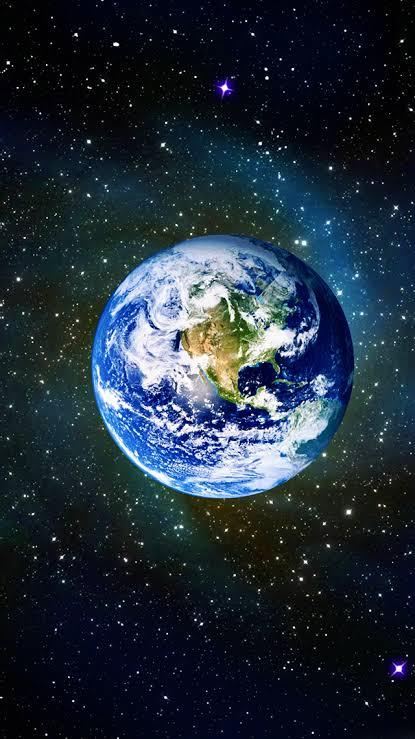1. **Introduction**
- Overview of Earth Day
- Importance of environmental awareness
2. **Historical Background**
- Origins of Earth Day
- Key figures and events leading to its establishment
- Evolution of Earth Day celebrations over the decades
3. **Significance of Earth Day**
- Environmental impacts
- Social and political influence
- Global awareness and participation
4. **Major Earth Day Campaigns and Events**
- Notable Earth Day events and milestones
- Case studies of successful Earth Day campaigns
5. **Earth Day and Environmental Policies**
- Influence on environmental legislation
- Major environmental policies inspired by Earth Day
- Role of government and non-governmental organizations
6. **Global Participation**
- Earth Day celebrations around the world
- Cultural differences in Earth Day observance
- International collaborations and initiatives
7. **Educational Initiatives**
- Earth Day in schools and universities
- Educational programs and resources
- Role of education in fostering environmental stewardship
8. **Corporate Involvement**
- Role of businesses in Earth Day
- Sustainable business practices promoted on Earth Day
- Case studies of corporate Earth Day initiatives
9. **Technological Innovations**
- Role of technology in environmental conservation
- Innovations showcased during Earth Day events
- Future prospects for green technology
10. **Challenges and Criticisms**
- Criticisms of Earth Day and its effectiveness
- Challenges faced in promoting environmental awareness
- Addressing and overcoming these challenges
11. **Future of Earth Day**
- Vision for the future of Earth Day
- Emerging trends and initiatives
- The role of future generations in continuing the legacy
12. **Conclusion**
- Recap of Earth Day’s impact and importance
- Call to action for continued environmental stewardship
### Sample Excerpt
Here is a detailed excerpt to start with:
---
## Introduction
### Overview of Earth Day
Earth Day, celebrated annually on April 22, is a global event dedicated to environmental protection and raising awareness about the pressing issues our planet faces. Since its inception in 1970, Earth Day has grown into the largest secular observance in the world, involving over a billion people each year in more than 193 countries. It serves as a reminder of the importance of environmental conservation and encourages individuals, communities, and governments to take action towards a sustainable future.
### Importance of Environmental Awareness
The importance of Earth Day cannot be overstated. It highlights the critical need for sustainable living practices and the protection of natural resources. As the world grapples with challenges such as climate change, pollution, and loss of biodiversity, Earth Day plays a pivotal role in mobilizing collective efforts to address these issues. By fostering a sense of global unity and responsibility, Earth Day inspires people to adopt eco-friendly habits and advocate for policies that protect the environment.
## Historical Background
### Origins of Earth Day
The first Earth Day was held on April 22, 1970, and marked the beginning of the modern environmental movement. The idea for Earth Day was conceived by Senator Gaylord Nelson of Wisconsin, who was inspired by the anti-war protests of the 1960s and the growing public awareness of environmental issues. Nelson envisioned a national teach-in on the environment, and with the help of activist Denis Hayes, organized a massive grassroots demonstration to demand greater environmental protections.
### Key Figures and Events Leading to Its Establishment
Several key events and figures contributed to the establishment of Earth Day. Rachel Carson's 1962 book "Silent Spring" raised public awareness about the dangers of pesticides and environmental pollution. The 1969 Santa Barbara oil spill, which spilled millions of gallons of crude oil into the ocean, served as a stark reminder of the environmental risks posed by industrial activities. These events, coupled with the activism of leaders like Nelson and Hayes, culminated in the first Earth Day, which saw 20 million Americans take to the streets to advocate for environmental reform.
### Evolution of Earth Day Celebrations Over the Decades
Over the years, Earth Day has evolved from a predominantly American event to a global movement. In the 1990s, Earth Day went international, with events held in countries around the world. Each decade has seen an increase in participation and the introduction of new themes and campaigns. From focusing on recycling and clean energy to addressing climate change and promoting sustainable development, Earth Day has continuously adapted to address the most pressing environmental issues of the time.
## Significance of Earth Day
### Environmental Impacts
Earth Day has had a profound impact on environmental conservation efforts. The widespread awareness generated by Earth Day events has led to significant reductions in pollution, increased recycling rates, and the preservation of natural habitats. Initiatives launched on Earth Day, such as tree-planting campaigns and clean-up drives, have resulted in tangible environmental benefits.
### Social and Political Influence
Earth Day has also played a crucial role in shaping social and political discourse on environmental issues. It has served as a platform for environmental advocacy, influencing public opinion and driving policy changes. Landmark environmental legislation, such as the Clean Air Act, the Clean Water Act, and the Endangered Species Act, can trace their origins to the environmental activism sparked by Earth Day.
### Global Awareness and Participation
One of Earth Day's most significant achievements is its ability to unite people from diverse backgrounds in a common cause. The global nature of Earth Day fosters a sense of solidarity and shared responsibility for the planet. Through educational programs, community events, and media campaigns, Earth Day has succeeded in raising awareness about environmental issues on a global scale, inspiring millions to take action.
---
Thank You
By— PRATYUSH SAINI
.......

